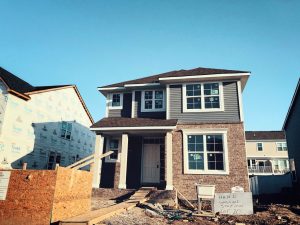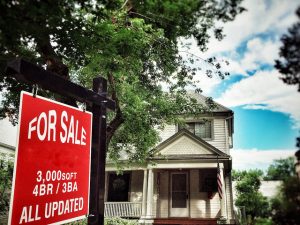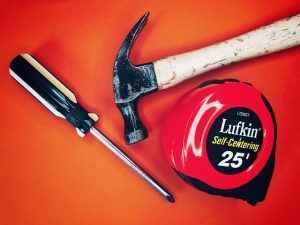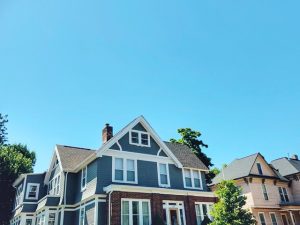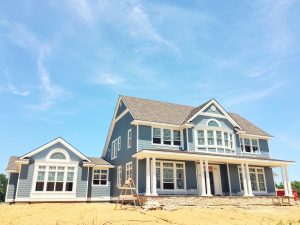When it comes to real estate, few cities in the world match the scale, complexity, and opportunity of New York City. The real estate market in NYC is rapidly growing as high-end condos in Manhattan, as well as the brownstones and multifamily constructions in Brooklyn and Queens, continue to evolve.
Buyers, sellers, and investors have now realized that it is vital to understand the real estate services NYC and the trends influencing them as we head into 2025.
The Growing Presence of Real Estate Services NYC

In NYC, real estate services extend beyond the process of buying and selling real estate. These include residential brokerage of apartments, condos, and co-ops, as well as commercial brokerage of office spaces and retail properties.
Additionally, property management services are provided to maintain smooth day-to-day operations, and investment advisory services are available for both domestic and international investors.
Housing services are also crucial in helping residents find affordable housing options and government-supported programs. These services are not a luxury in a competitive and highly regulated city like New York.
Realty Trends Defining 2025
In 2025, there will be a rapid transformation in the property market NYC. Virtual tours, artificial intelligence-enhanced recommendations, and blockchain-based contracts are now the new reality of the technology-driven transactions that change the way deals are made.
The concept of sustainability has taken center stage, with buyers and renters showing a growing interest in eco-friendly buildings that are energy-efficiently designed and certified. Demand is also being impacted by changes in the popularity of neighborhoods. Manhattan is legendary, but Brooklyn, Queens, and the Bronx have maintained their appeal due to their affordability and growth opportunities. Staten Island is becoming increasingly popular among individuals who desire suburban living while remaining in the city.
The interest of foreign investors, especially in the luxury residential and commercial property, is another significant trend. Nonetheless, global purchasers require practical guidance to navigate taxes, rules, and regulations, and professional housing services have never been more essential.
Lastly, there are the emergent hybrid real estate agencies that put together traditional brokerage with contemporary consulting. Rather than just acting as a facilitator of sales, the agencies are providing end-to-end services, including staging, financial advice, property management, and even design support.
Selection of the Appropriate Real Estate Services NYC
In a market as dynamic as New York is, it is crucial to select the right service provider in the real estate field. The first consideration the client must make is the agencies that specialize in the type of property they are targeting, whether it is luxury condos in Midtown, co-ops on the Upper East Side, or mixed-use developments in Brooklyn. Another 2025 requirement is strong digital capabilities, as leading agencies will now offer 3D tours, real-time information, and encrypted online document management.
The regulatory landscape of NYC is critical information to know, as dealings with property sales can be complicated due to co-op boards, zoning, rent stabilization, and residential compliance. Clear fee structures are another indicator of a trusted agency, and the most successful companies provide transparent pricing for brokerage, management, and advisory services. The reputation is also an important aspect, with online recognition and client testimonials serving as valuable sources of information on consistency and service quality.
The Future of Housing Services in NYC

In the future, housing services in NYC are expected to continue evolving with technological advancements. The rise of artificial intelligence technology could be used to forecast neighborhood development more precisely, making it easier for investors to identify opportunities sooner. Intelligent platforms would be able to match buyers and sellers in real-time, minimizing the lag in listings and negotiations. Meanwhile, sustainability will be a fundamental part of the agenda, and green housing features will not be considered as an option.
Nevertheless, the human aspect of the real estate sphere will not be replaceable, even in the context of technological development. Dispute resolution, relationship-building, and negotiation involve highly trained experts who must be aware of the culture and pace of New York. The most successful agencies in the years to come will be those that combine innovative technologies with human experience.
Real Estate Services in NYC
The prospective real estate services in the NYC market in 2025 are both exciting and challenging. The digital landscape and environmentally friendly housing, along with eco-friendly trends and changes in neighborhood dynamics, have introduced a fast-paced environment in which clients are more than ever before, with more choices and higher expectations. Whether it’s purchasing your first house, running a co-op board, or international investment, success hinges on the ability to work with a service provider who is knowledgeable about the current property market and the real estate trends of tomorrow.
Navigating NYC’s real estate market requires more than just knowledge; it demands the right partner. At Citadel Property Management Corp., we combine deep expertise, innovative strategies, and a client-first approach to help you buy, sell, or manage property with confidence. From luxury condos to commercial spaces, our team ensures your investment thrives in the fast-paced 2025 market. Connect with Citadel Property Management Corp. today and experience the difference a trusted NYC real estate partner can make.



